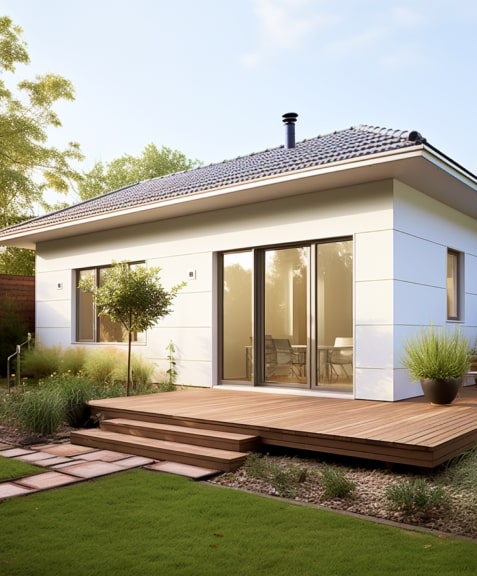
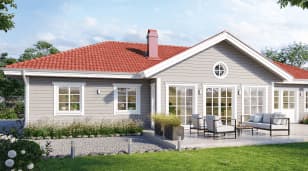
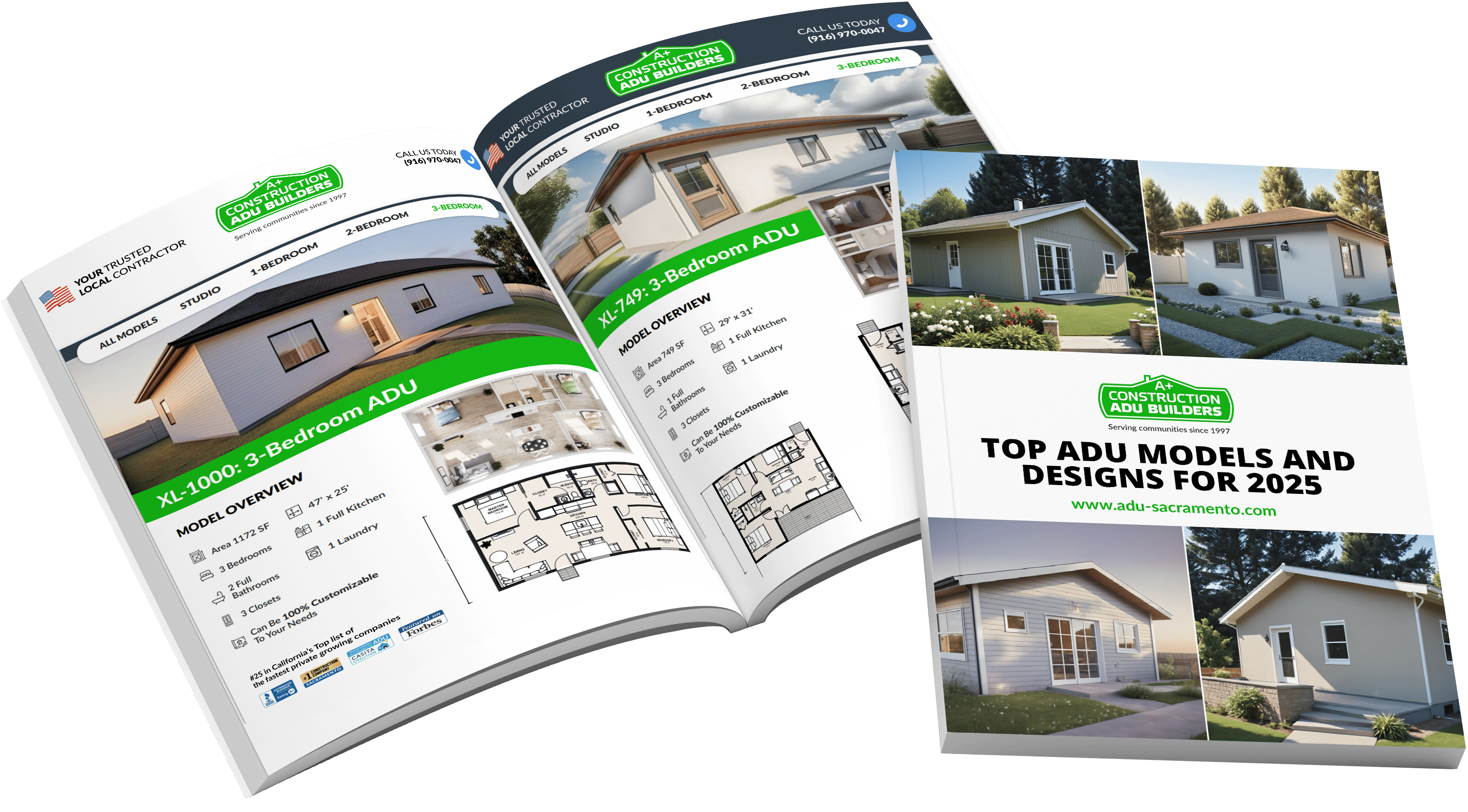

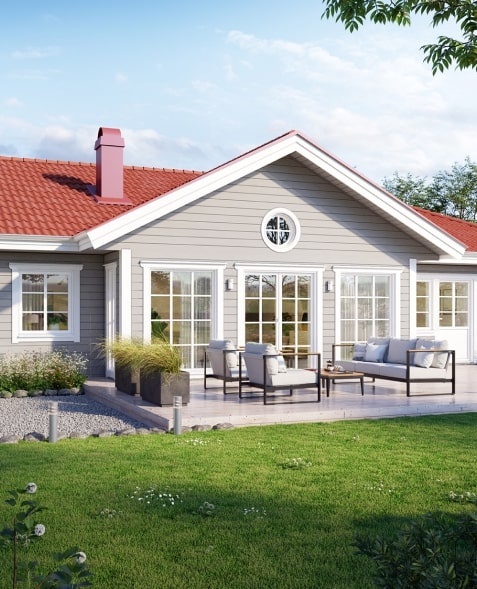
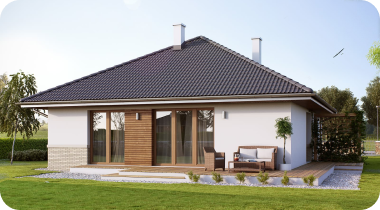
A link to download your FREE brochure will be in your inbox in 3 minutes
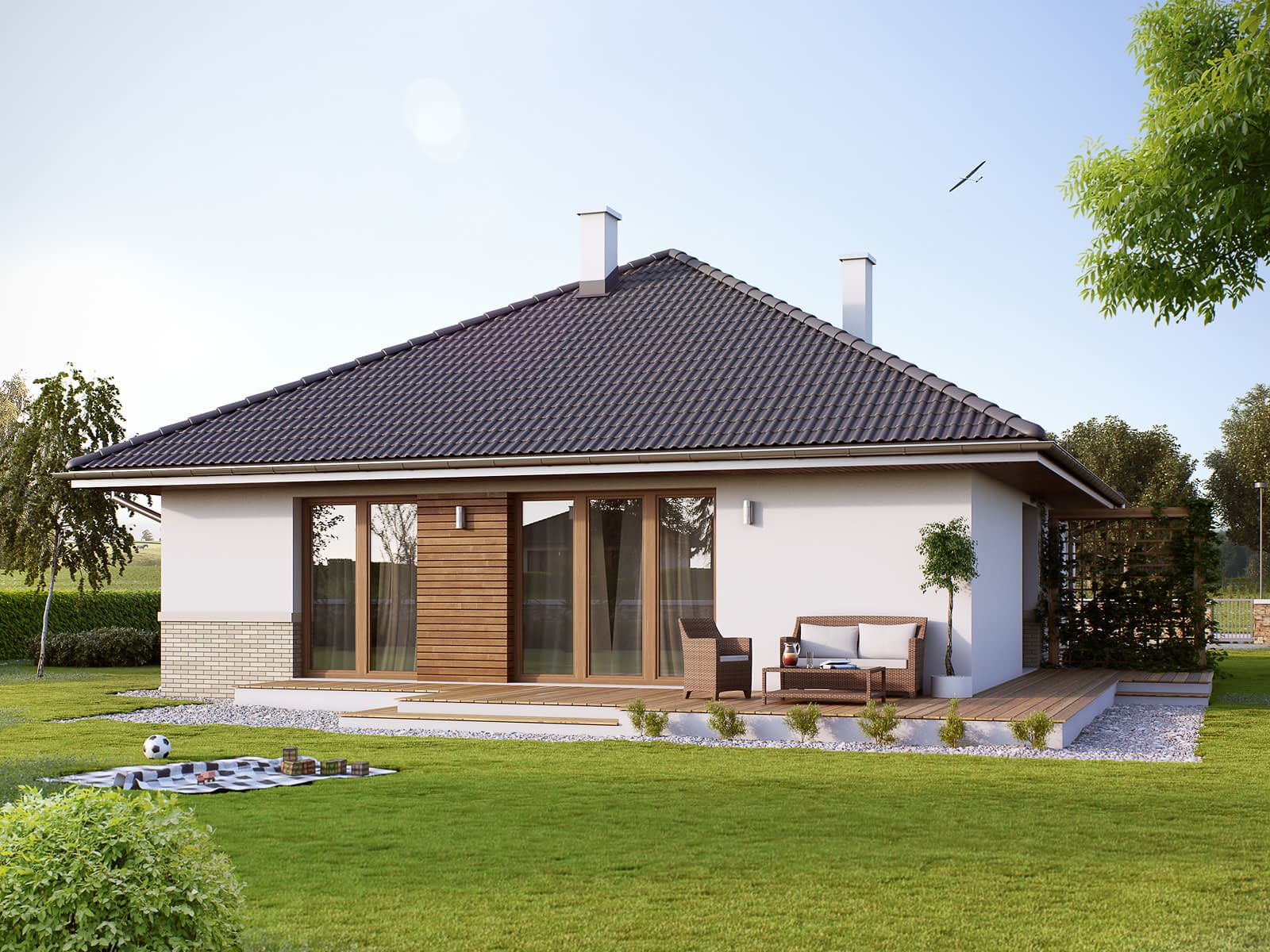





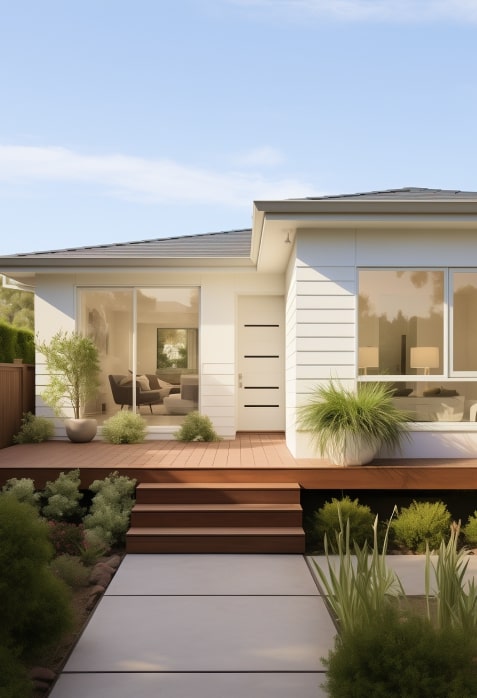
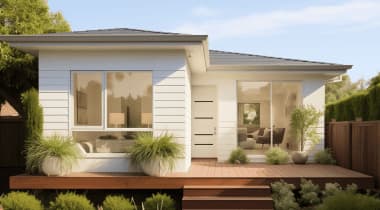











The final price may vary based on project specifics.
To get a free accurate quote tailored to your needs, book a consultation with us today!

The price per square foot provided is an average and may vary depending on project-specific details such as materials, location, complexity, and other factors. Actual costs may differ from the average provided.
It is recommended to obtain a detailed quote based on the specific requirements of your project.

Please note that the monthly payment displayed on this page is an estimate and is subject to variation based on the selected loan product, applicants credit score, loan amount, and other financial details. Actual monthly payment may differ from the estimate provided.
It is recommended to seek advice from a financial advisor or loan officer to obtain precise payment information tailored to individual circumstances.
 Your Trusted
Local Contractor
Your Trusted
Local Contractor
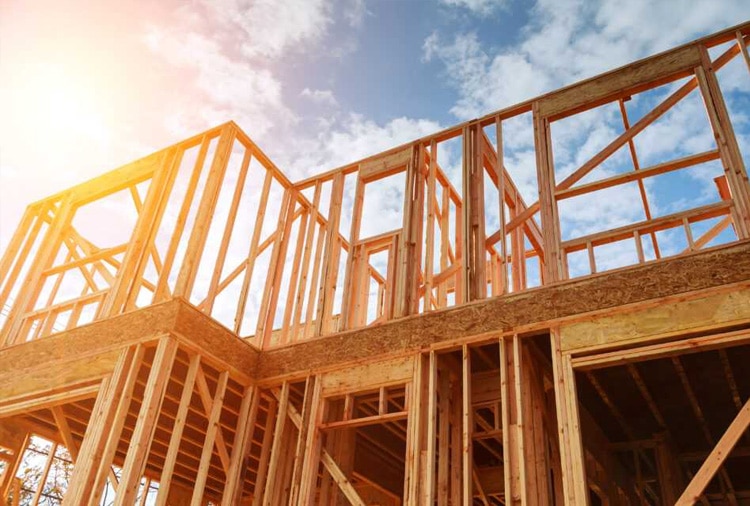 What’s your concept of a dream home? For some, it might be an affordable and cost-effective house, while for others, it’s a custom home where you can plan everything through and through, down to the smallest detail. If you’re leaning more toward the traditional construction methods that leave more room for customization and creative aspirations, stick-built construction may be for you.
What’s your concept of a dream home? For some, it might be an affordable and cost-effective house, while for others, it’s a custom home where you can plan everything through and through, down to the smallest detail. If you’re leaning more toward the traditional construction methods that leave more room for customization and creative aspirations, stick-built construction may be for you.
Stay with us as we explore what stick-built construction is and how a stick-built home differs from a modular home to the T!
Stick-built homes use a wooden-framed structure created from lumber with nails on the site. Stick building allows one to create a house from the ground up, with meticulous attention to each detail. On the other hand, modular construction envisages off-site building. After having manufactured homes fully or in large parts at a factory, ADU builders transport them to your site for quick assembly.
Stick-built homes suit those homeowners who seek vast customization opportunities and don’t mind paying more for elaborate features.
Their advantages encompass the following:
As for the cons, stick-built homes are susceptible to weather delays since their construction takes place at the site. Also, a plethora of customizable features can lead to cost overruns. Thus, every homeowner should balance their budgetary and time considerations with the desirable design and not go beyond the preconceived framework. At A+, our skilled specialists are going to help you with proper budgeting and discuss the schedule and deadlines!
Unlike site-built homes, a modular home is a factory-built home later transported to your land by home builders. They usually have pre-designed floor plans and consist either of sections (three-dimensional modules) or smaller parts (e.g., stud walls) that were transported on a permanent foundation to your plot and were assembled at the right place.
The advantage range of these houses is pretty wide as well:
Unlike traditional stick-built homes, modular homes may have limitations in terms of detail adjustments, require transportation costs and route planning, and sometimes may encounter additional permitting hurdles. However, good builders can help to resolve all of these problems, so it’s only up to you which construction method to select!
In order to create a complete stick-built home, builders use individual pieces of lumber and assemble them together into house framing (walls, floors) and roof trusses. Typically, we call cut and assembled pieces “sticks.” That’s what the traditional home-building method name derives from. In stick-built construction, builders make each part of the structure on site using different materials, from wood to concrete or steel.
One of the most common questions is what the construction process consists of. It’s important to understand at least an approximate sequence of works that take place during stick-built construction in order to have clearer expectations of the project.
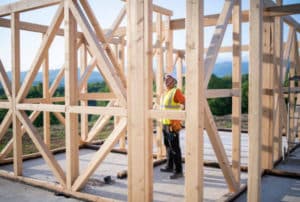
Generally, builders create custom homes in the following way:
With stick-built homes, there is more space for creativity. This way, you can select custom room configurations, multiple-story layouts, and integrated outdoor spaces like covered patios, outdoor kitchens, or courtyards. Many homeowners opt for a more versatile modern and contemporary style, but a home constructed by the stick-built method may allow for recreation of historical or period architectural styles like adding whimsy towers or creating vaulted ceilings. Also, custom homes may include cantilever elements where a part of the structure goes beyond the supporting walls.
In addition to state-of-the-art architectural solutions, stick-built homes allow for clever storage solutions, such as large picture windows or stained glass windows, French doors or folding doors, etc. We can equip your ADU with energy-efficient features or create the exterior from a mix of textures, adding visual interest and richness to the construction.
Spacious basement or a subfloor, ornate moldings or decorative trims, asymmetrical home design, extra storage in the loft, and many more — stick-built homes enable all your dreams to come true.
Typically, stick-built homes offer vast customization options and, therefore, add more value to your property. It makes them a good long-term investment if you’re going to sell your property sometime in the future.
They usually come with a higher initial cost and demand more time for construction than prefab homes. However, their long-term benefits, such as longevity and versatility in the use and arrangement of living spaces, compensate for this. For example, they can reduce long-term operational costs by integrating the latest technologies, like smart home technologies or eco-friendly features. If your needs are unique, for instance, if you have a relative who needs elderly-friendly designs or designs for children’s safety, custom homes offer more opportunities to take them into account during construction.
Yet, there are several considerations it’s vital to keep in mind. First, discuss your budget and extent of customization with your builder to decide whether it’s worth it or not. Also, keep in mind your long-term vision of the house, ensuring the costly building will eventually pay off. Moreover, consider regulations and requirements in your local area to ensure your custom home aligns with them.
If you want to express yourself through your living area, traditional stick-built homes are exactly what you need. At A+ Construction & Remodeling, we build houses that are the best fit for your land. If your land has specific site topography, some area constrictions, environmental issues (like your land is prone to flooding), or your site is just long and narrow instead of being even, we will construct a building in stick-built technique and with respect to location specificities.
Stick-built homes by A+ may go beyond standard homes and explore such possibilities as:
If you’re thinking of building a stick-built home on your property, entrust the transformation of your space to experienced housebuilders from A+!
Prefab homes and stick-built homes are both good options, but the choice depends on your preferences and goals. If you need a cheaper home very quickly, you may opt for a prefab house. If you’re thinking of incorporating many features to improve your life convenience or desire to create a house that fully reflects your identity, a custom home may be a more suitable choice.
The average price per square foot for a stick-built house is around $100 to $200. On the other hand, the average price for a prefab house is around $50-100. Of course, it also depends on your city prices, but building a custom home maybe 1,5-2 times costlier than building a prefab one if you choose many customization features.
To determine if you really need a custom home or might as well go with a prefab one, reach out to the A+ team. We’ll gladly consult you on the topic, helping you get acquainted with all options and making the most informed decision.
Pre-manufactured homes can also be of good quality because they undergo thorough quality checks. Yet, when building stick-built homes, you choose the materials on a case-by-case basis, which gives you an opportunity to select the most durable and proven ones.
Get a First Look at Real ADU Projects